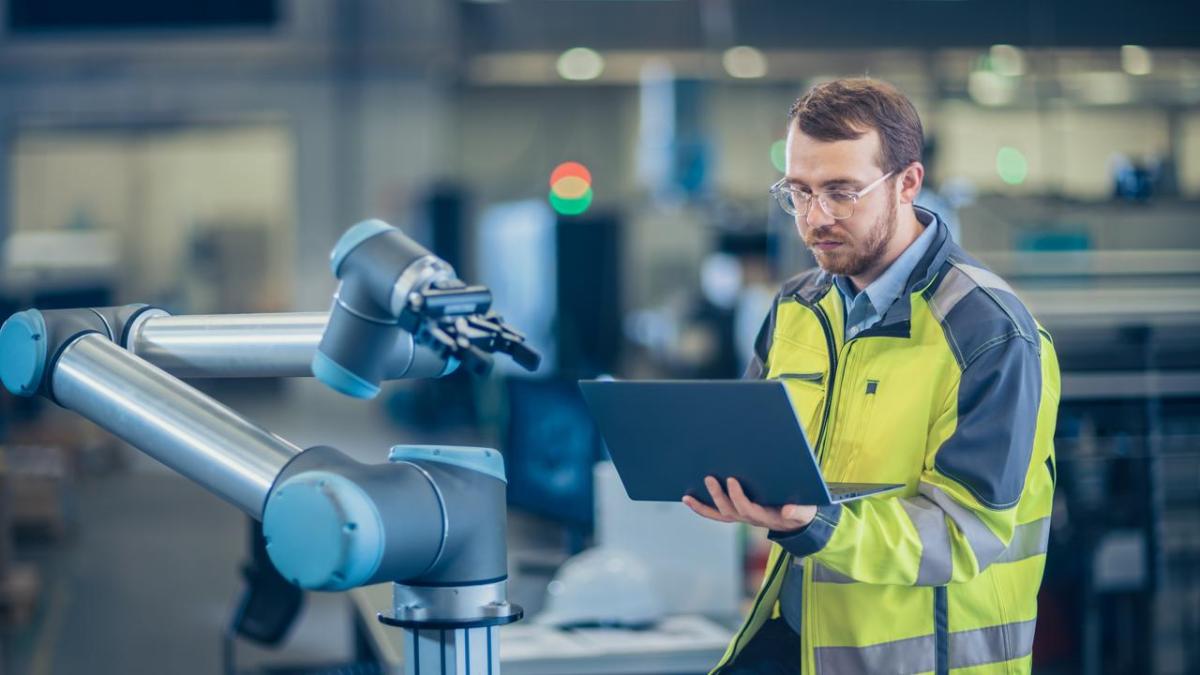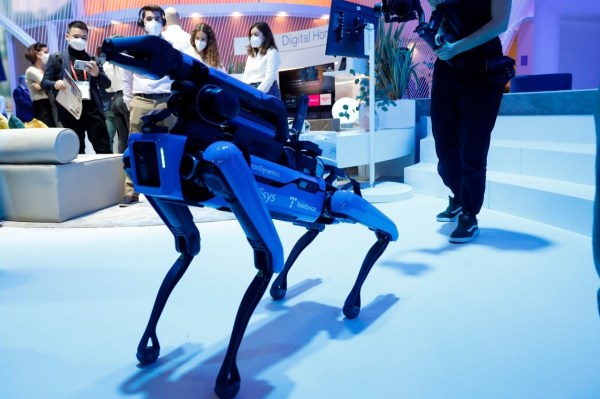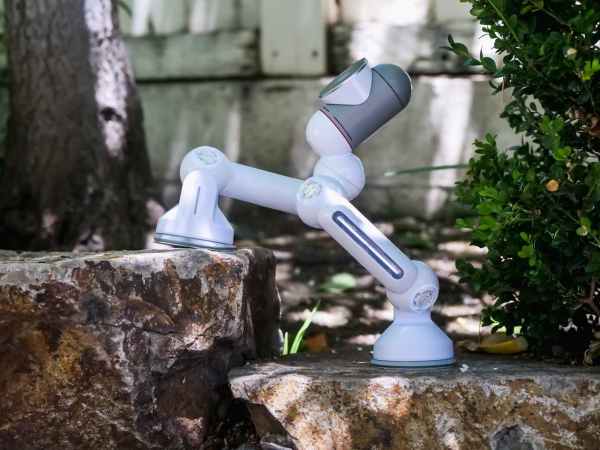The progressive implementation of robots within companies not only seeks to reduce production costs in order to maximise profits. Although this is a key factor in the robotisation of business personnel, only 5% of companies that have implemented some form of Robotic Process Automation (RPA) have done so solely to reduce costs, according to the data compiled by Deloitte, one of the world’s leading auditing firms.
Robotic Process Automation (RPA) in the business sector
The same report, published by Deloitte on its official website, states that 93% of the companies that have implemented some form of RPA in their production processes have improved their corporate compliance, i.e. the implementation of internal policies to guarantee that their activity is conducted in accordance with the current legislation.
Similarly, the Deloitte survey concludes with revealing data on the current state of affairs with regard to robotics in companies: 81% of the companies declare that they’ve reduced costs and 77% say that the technology generally guarantees more suitable information management, while, finally, 67% of the organisations have begun to implement RPA strategies, constituting year-on-year growth totalling 18%. This growth isn’t set to cease in the coming years, given the trend observed during recent periods. For example, 72% of companies were in favour of RPA strategies in 2017. The percentage now exceeds 80%.
RPA strategies are, in short, applications that can automate some processes that would otherwise have to be implemented by hand. For example, purchasing operations, communication with suppliers, scheduled invoice payments, customer service devices such as chats with bots, etc. However, it’s important to distinguish between the RPA strategy and automatons, which, by means of artificial intelligence, are able to carry out more complex tasks on their own.
Robots that are currently filling jobs
Amazon has been using robots, more specifically smart devices known as Kiva, for some time now at its warehouses. These are tasked with locating orders and placing them in the appropriate containers prior to their delivery to homes. Robots will therefore enjoy a privileged place in the logistics department.
The healthcare sector is also benefiting from robotics and 5G connections, which allow for minimal connection latency, in other words, one person can operate on another remotely and the robot’s response time in relation to the professional’s movements is minimal. Currently, for example, there’s the DaVinci robot, a platform that offers minimally invasive surgery to the patient, which reduces any post-operative complications to almost zero.
Another important sector is education. Robots are becoming increasingly prominent in school classrooms. This is known as the “gamification of education” (from the word “gaming”); the child uses robots to assimilate the subject’s information in a more entertaining, immersive and enjoyable way. Its benefits also include enhanced logical thinking, creativity and imagination.
This is just the beginning if we heed the study conducted by the World Economic Forum (WEF) in 2020: according to its calculations, by 2025 the rate of automation in companies will have reached 47%, in other words, the tasks we’ll perform ourselves will account for the remaining 53%. In short, in the very near future, the tasks performed by robots and the human personnel at the company will be shared equally. This will create uncertainty among the workers. Will the human factor in business continue to shrink?
A future full of machines
Are robots taking our jobs? This is undoubtedly one of the questions that most concerns workers, particularly the young people who’ll be entering the labour market in the coming years. We should caution that the question has no simple answer and that we can find studies that suggest several ones.
A report titled Are Robots Stealing Our Jobs?, drawn up in 2019 by Eric Dahlin, a professor of sociology at Brigham Young University, reflects on this issue and the complexity of drawing a single conclusion. For example, there’s a thesis (2017) by Acemoglu and Restrepo, two economists who claim that labour inequality will increase with the proliferation of robots.
However, this thesis is refuted by another drawn up by Autor and Salomons in 2018, which claims that robots have had a positive effect in 18 OECD countries; machines haven’t replaced the human factor but rather complemented it and provided added value. And then there are those that occupy no man’s land, such as a study carried out in seven European countries in 2012 which found no direct relationship between the use of robots and human labour in companies.
The process of business digitisation is inevitable. The pandemic has merely accelerated a process that was irremediably bound to take place in the foreseeable future. However, the conclusions of Dahlin’s work optimistic; the professor claims that the debate has been exaggerated. The sociologist has found no cause for alarm; robots aren’t stealing jobs in any of the occupations examined in his paper.







